In the realm of electronics, capacitors play a crucial role in storing and releasing electrical energy. However, before handling capacitors for maintenance, repair, or replacement, it’s essential to understand the proper procedure for draining them safely.
This guide will walk you through the process of draining a capacitor, including necessary tools, safety precautions, and practical methods for various capacitor types.
What is Capacitor Drainage

Capacitor drainage refers to the process of discharging stored electrical energy from a capacitor to make it safe for handling or maintenance. Capacitors store energy in an electric field between their plates when charged, and this energy can pose a risk of electrical shock if not discharged properly before handling. Drainage is necessary to remove any residual voltage and ensure that the capacitor is in a safe state.
Why is It Necessary to Discharge a Capacitor?
Electrical Safety: Draining capacitors prevents accidental shocks or injuries during maintenance or repair work.
Preventing Damage: Discharging capacitors before handling prevents damage to equipment or components.
Ensuring Accuracy: Proper drainage ensures accurate measurements and readings when testing capacitors.
How to Safely Drain a Capacitor
How to drain a capacitor with a multimeter?
Draining a capacitor is a crucial step in electrical work to ensure safety and prevent electrical shocks or damage to equipment. Here’s a step-by-step guide on how to drain a capacitor safely:
Step 1: Gather Necessary Tools and Equipment
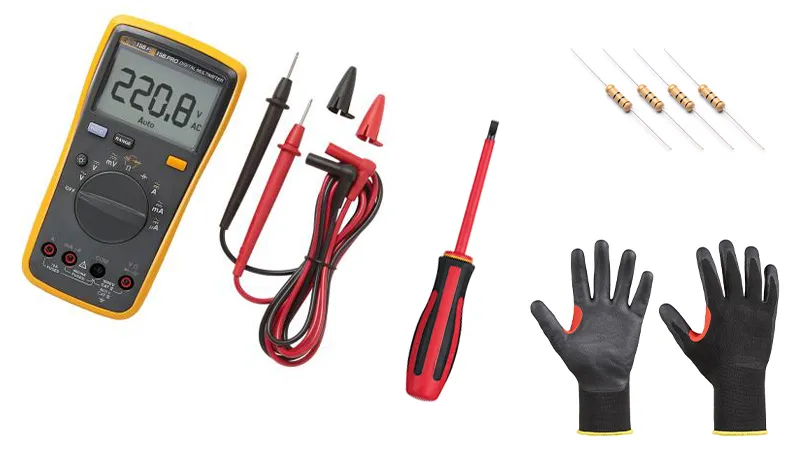
Insulated Gloves: Wear insulated gloves to protect yourself from electrical shocks.
Safety Goggles: Protect your eyes from any potential hazards during the drainage process.
Resistor (if manual discharge method is used): Select a resistor with an appropriate resistance value for the capacitor being drained.
Multimeter (if using multimeter discharge method): Ensure the multimeter is set to the discharge mode.
Step 2: Power Off and Disconnect
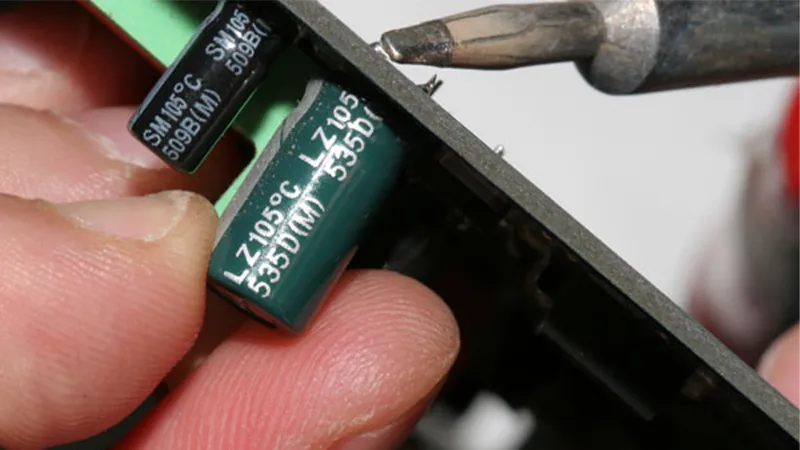
Turn Off Power: If the capacitor is part of an electrical circuit, switch off the power to the circuit.
Disconnect Power Source: Unplug or disconnect any power source connected to the capacitor.
Step 3: Discharge Methods
Choose the appropriate discharge method based on the type and size of the capacitor:
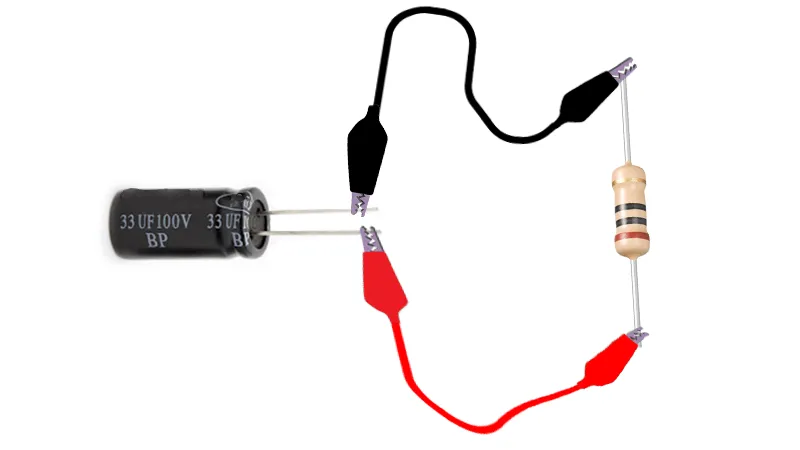
Manual Discharge Method
Identify Capacitor Terminals: Locate the terminals of the capacitor, usually marked as positive (+) and negative (-).
Select Resistor: Choose a resistor with a resistance value suitable for the capacitor’s voltage and capacitance (refer to manufacturer specifications).
Connect Resistor: Connect one end of the resistor to the positive terminal of the capacitor and the other end to the negative terminal. Ensure the resistor is securely connected.
Wait for Capacitor Drain Time: Allow sufficient time for the capacitor to discharge through the resistor completely.
Verify Discharge: Use a multimeter to check the voltage across the capacitor terminals. The reading should be close to zero volts, indicating a successful discharge.
Capacitor Discharge Tool Method
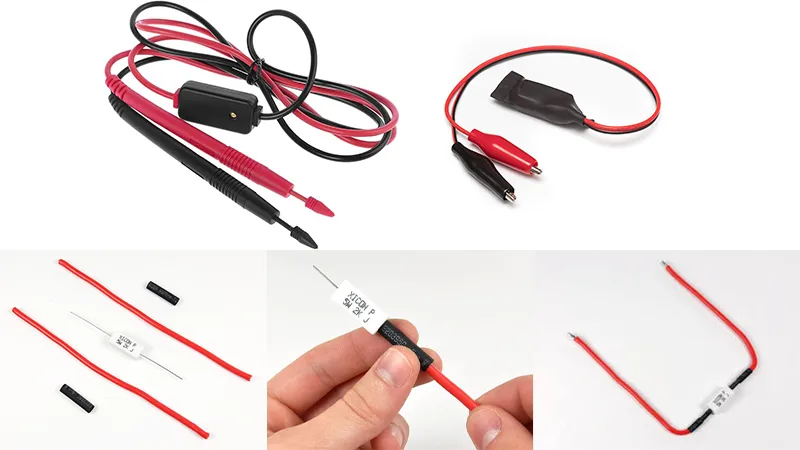
Obtain Capacitor Drain Tool: If available, use a capacitor discharge tool designed for safe and quick drainage.
Follow Tool Instructions: Follow the manufacturer’s instructions for using the discharge tool. Typically, these tools provide a safe discharge path for capacitors.
How to Drain a Capacitor With a Multimeter?
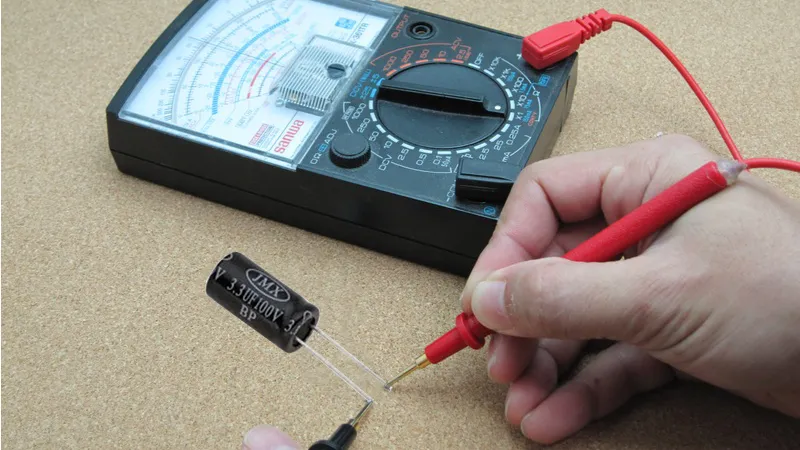
Set Multimeter: Set the multimeter to the discharge mode or the appropriate setting for measuring voltage.
Connect Multimeter: Connect the multimeter probes to the capacitor terminals, ensuring correct polarity.
Read Voltage: Measure the voltage across the capacitor terminals using the multimeter. The reading should decrease gradually until it reaches near-zero volts, indicating complete discharge.
Step 4: Verify Discharge
After performing the discharge method, use the multimeter to verify that the capacitor is fully discharged. Ensure there is no residual voltage across the terminals.
Step 5: Safety Checks
Before handling the capacitor or performing any further work, conduct safety checks:
Inspect the capacitor for any signs of damage or leakage.
Ensure all connections are secure and insulated.
Confirm that the power source is still off and disconnected.
How to Drain PSU Capacitors
Draining or discharging capacitors in a power supply unit (PSU) can be dangerous due to the high voltage they can hold, even after being unplugged. Here’s a step-by-step guide to do it safely:
Important Safety Precautions:
- Unplug the PSU: Always disconnect the power supply from the wall outlet and the computer.
- Use Insulated Tools: Make sure you use tools with insulated handles to prevent accidental shorting or electric shock.
- Avoid Short Circuiting: Do not short the capacitor terminals directly with metal tools, as this can cause sparks or even explode the capacitor.
What You’ll Need:
- A resistor (about 10k ohm, at least 1-watt rated)
- Insulated wires with alligator clips
- Multimeter (for voltage measurement)
- Safety goggles and gloves (recommended)
Steps to Drain PSU Capacitors:
- Open the PSU Case:
- Carefully remove the screws and open the PSU case to access the capacitors.
- Identify the Capacitors:
- Locate the large electrolytic capacitors. These are usually cylindrical components with a plastic sleeve and are often the largest components inside the PSU.
- Prepare the Discharge Tool:
- Connect your resistor to insulated wires. Connect one end of the resistor to one of the capacitor terminals (the positive or negative) and the other end to a suitable ground point or other capacitor terminal.
- Discharge the Capacitor:
- Hold the resistor in place for about 10-30 seconds. This will allow the capacitor to discharge slowly through the resistor, reducing the risk of a sudden release of energy.
- Check Voltage:
- Use a multimeter to measure the voltage across the capacitor terminals. It should read close to 0 volts. If any voltage is still present, repeat the discharging process until it reads zero.
- Repeat for Other Capacitors:
- If there are multiple capacitors, repeat the process for each one.
- Final Check:
- Once all capacitors have been discharged, ensure that all tools are removed from the PSU and place the cover back on.
- Dispose of Safety Equipment:
- If you used any safety equipment or materials (like gloves), consider disposing of them safely or cleaning them as needed.
Practical Application of Capacitor Discharge
One of the primary applications of capacitor drainage techniques is in the field of electronics repair. When electronic devices or equipment malfunction, capacitors are often one of the components that need inspection, testing, or replacement.
Draining capacitors before handling them in repair processes is essential to ensure safety and prevent electrical damage to the equipment and to the technicians performing the repairs.
Application of Capacitor Drainage Techniques in Repairing Electronic Devices and Equipment
Troubleshooting: Capacitor drainage is a crucial step in troubleshooting electronic devices. By draining capacitors, technicians can isolate faulty components and accurately diagnose issues.
Preventive Maintenance: Regularly draining capacitors during preventive maintenance routines helps in identifying potential problems early, reducing the risk of equipment failures and costly repairs.
Component Replacement: When replacing capacitors or other components, draining the capacitors beforehand ensures that the new components are installed in a safe environment, free from residual voltage.
Factory Maintenance Procedures
In industrial settings, such as factories and production facilities, proper maintenance procedures are vital to ensure the smooth operation of equipment and machinery.
Capacitors are commonly used in various industrial applications, and draining them during maintenance and servicing activities is crucial for operational safety and equipment longevity.
Guidelines for Factories and Production Facilities on Draining Capacitors
Scheduled Maintenance: Implementing scheduled maintenance schedules that include capacitor drainage procedures reduces the risk of unexpected equipment failures and downtime.
Safety Protocols: Providing training to maintenance personnel on proper capacitor drainage techniques and emphasizing the importance of safety protocols ensures a safe working environment.
Equipment Reliability: Regularly draining capacitors as part of maintenance routines helps in maintaining equipment reliability, extending the lifespan of components, and optimizing operational efficiency.
Conclusion
In conclusion, following proper capacitor drainage procedures is essential in various applications, including electronics repair and industrial maintenance. By prioritizing safety, preventing electrical hazards, and maintaining equipment reliability through effective drainage techniques, electronics enthusiasts, engineers, and factories can operate confidently and efficiently.